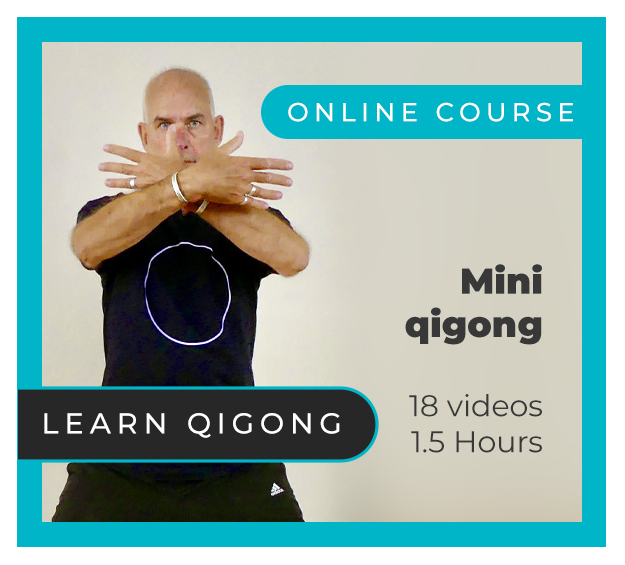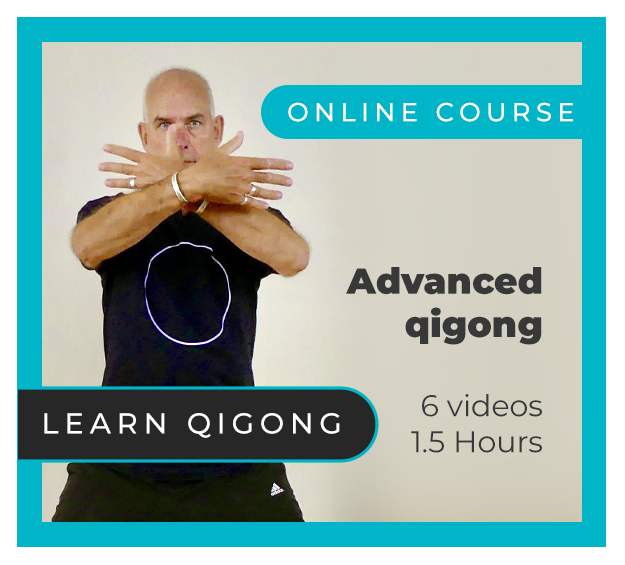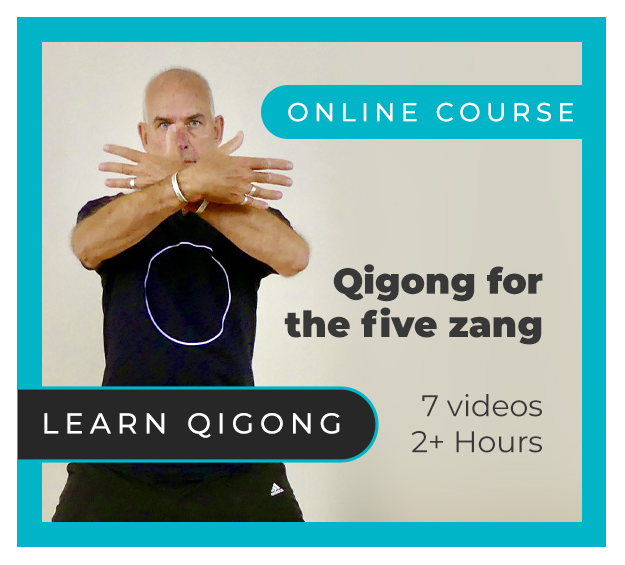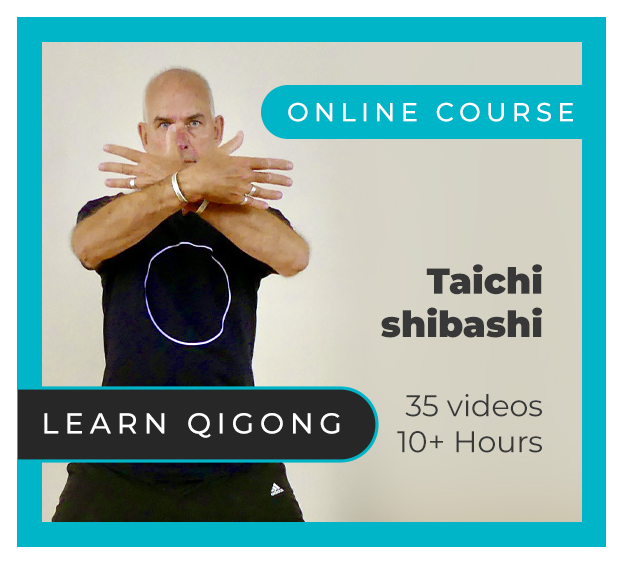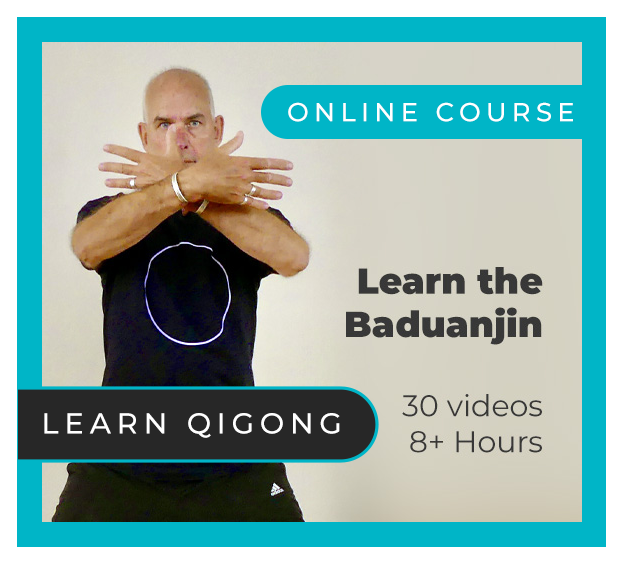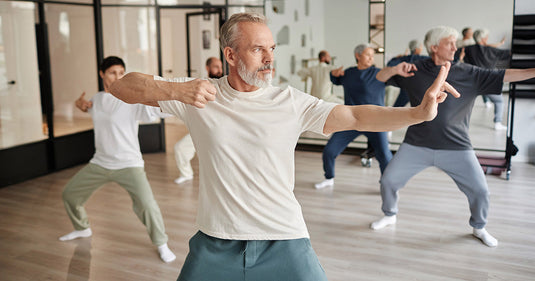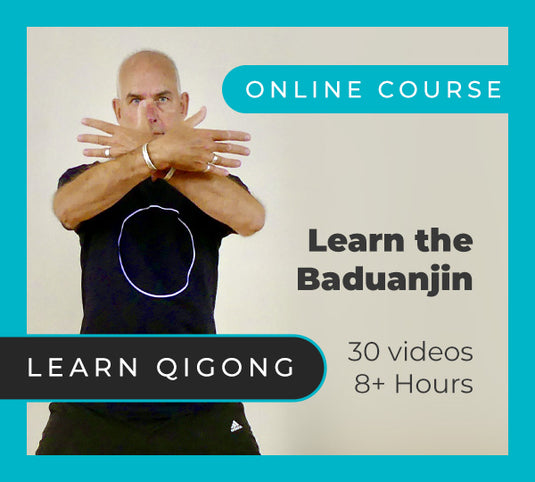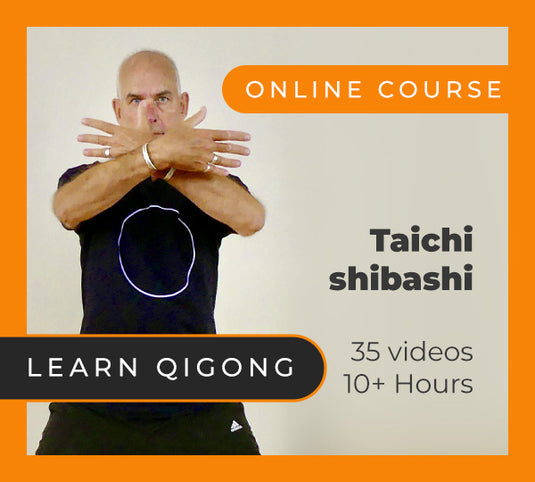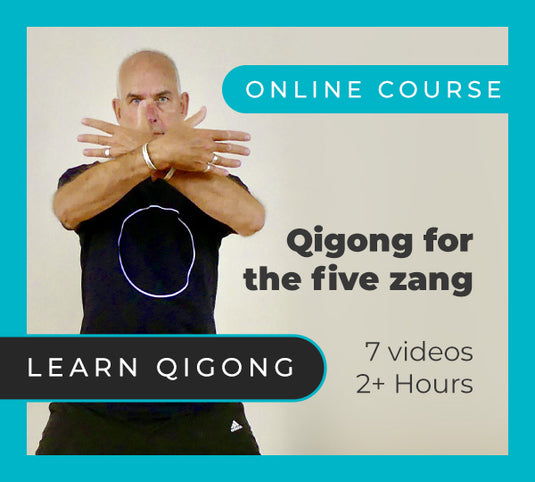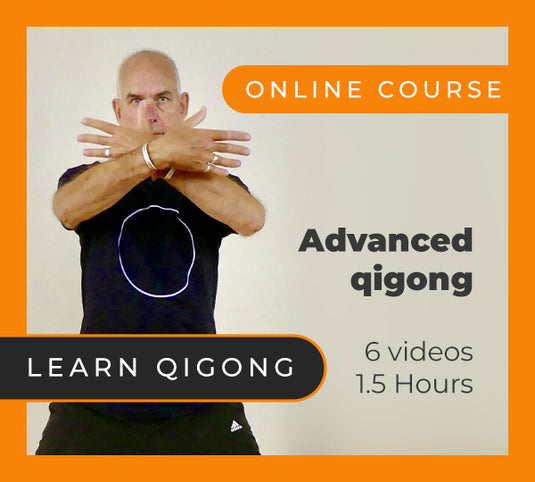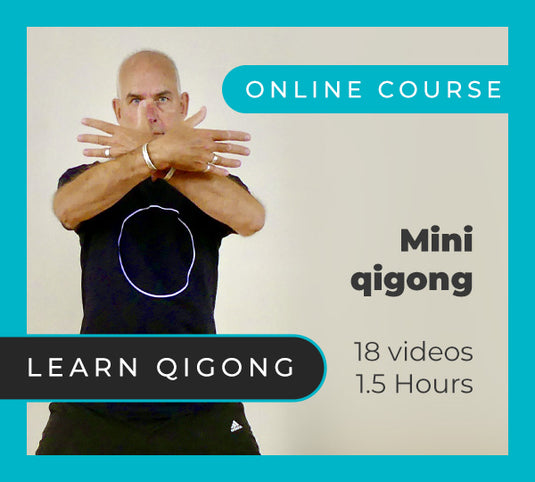It was Todd Hargrove, author of A Guide to Better Movement, who introduced me to brain-body maps. It felt like one of those discoveries that makes perfect sense as soon as we encounter it.
In the early 1950s it was discovered that different parts of the body are directly linked to areas in the sensory and motor cortices of the brain. The more a body part is used and/or stimulated, and the greater the complexity and subtlety of its movements (for example the fingers), the larger and better defined the brain map is. By contrast the maps for some large areas of the body such as the back or thigh are relatively small.
These brain maps start developing in the womb as the foetus begins to move. At first the maps are crude, and movements are imprecise, but as the weeks and months pass and a baby/young child continues to explore their body's capabilities through crawling, walking and playing, they become clearer and more precise. Even just watching the movements of adults helps babies develop brain-body maps.
The significance of these maps is massive. First of all, the brain will happily devote valuable neurons to body parts that we regularly use, and the more varied our movements and body sensations are, the more detailed and comprehensive the maps are.
"It is like the earliest world maps that showed great empty areas where nothing had been discovered"
But the brain appears to operate on a 'use it or lose it' basis, and the less we feel and/or use parts of our body, the more likely it is that the neurons assigned to those areas and movements will be scavenged by the pragmatic brain for other purposes. The result is that the maps for these areas start to fade from our consciousness. It is like the earliest world maps that showed great empty areas where nothing had been discovered. This 'sensory motor amnesia' means that we lose the ability to connect with the body as an integrated whole, with implications for impaired movement, stiffness, clumsiness, pain and injury.
It often puzzled me, when teaching qigong, to observe how some people find it difficult to make even basic movements correctly – for example raising the arms to shoulder level, despite clear instructions and visual demonstration. The arms would often be too high, or too low, or at different levels. I now understand that we can all have impaired brain-body maps and that we may be unable to connect to and sense what is happening to different parts of our bodies.
The good news, however, is that we can begin to restore these maps through dedicated practice.
The first way is to maximise natural movement i.e. all the movements we make during the course of our day, by walking more, climbing stairs rather than using the elevator, carrying shopping, gardening, DIY etc. We can even choose to make things more difficult for ourselves, for example Katy Bowman, author of Move Your DNA, arranges her kitchen so that the things she uses most often are the hardest to get to. Every day she has to stretch up to the highest shelf or crouch down and twist and turn to reach into the back of low cupboards.
The second way is just as important, and that is deliberate movement practice. In qigong, for example, we might learn and practise a variety of forms over the years. For me that includes taichi qigong, the baduanjin (eight silken movements), the five animal forms, and a variety of neigong (internal skill) practices. As a result, I lengthen and contract, twist and turn and move my joints, muscles and soft in an enormous range if ways.
And most of this practice is done slowly - the slower the better – with full attention. This allows more time to experience and connect with every part of the body.
Committing to the regular practice of these traditional and treasured skills we have been lucky enough to learn, we can slowly fill in those blank deserts on the map.
If you would like to follow the teaching of Peter Deadman and learn Qigong, explore all of Peter's Online Video Courses available on Vimeo. 
